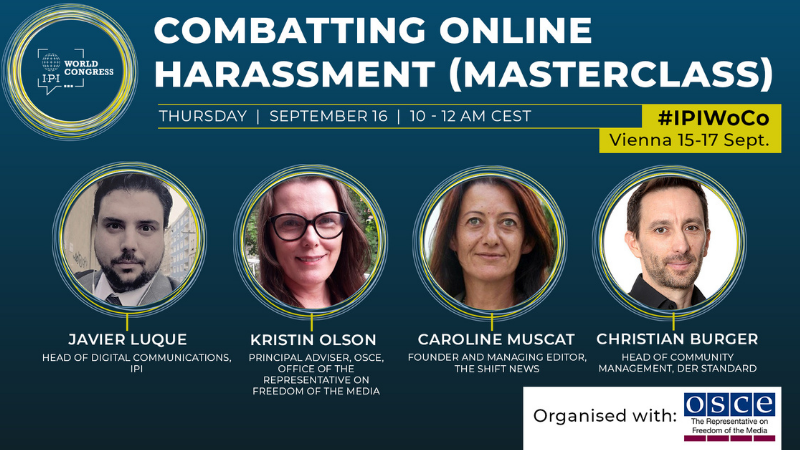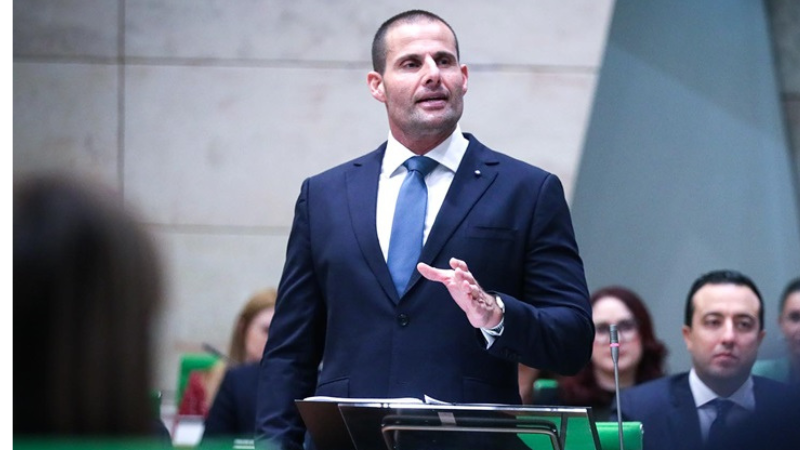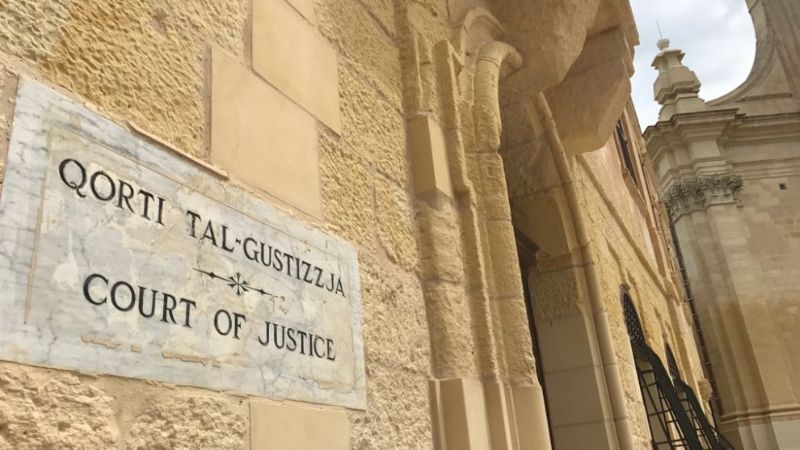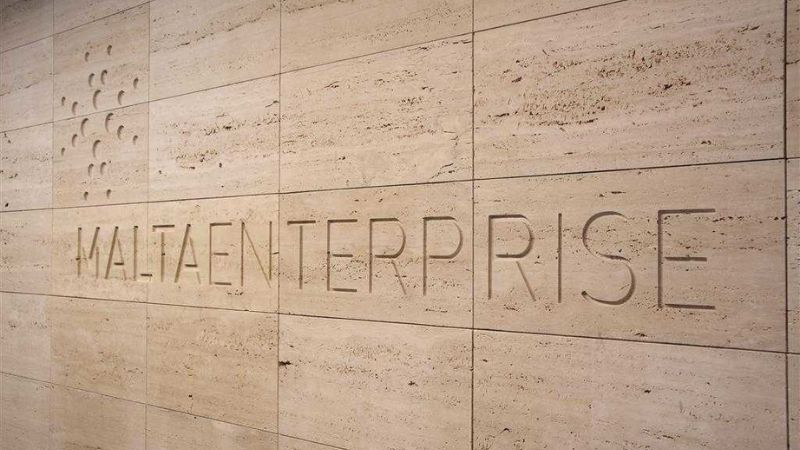The Shift News’ six-month investigation into Labour’s secret online hate groups that were used to demonise and isolate assassinated journalist Daphne Caruana Galizia was one of the main featured presentations at the International Press Institute’s flagship annual event, the World Congress.
The Shift’s founder and editor, Caroline Muscat, gave an overview of the way in which the investigation unfolded, from the beginning when whistleblowers in Labour’s groups approached the news portal, through the months of data collection, to the identification of the patterns behind systemic attacks aimed at Caruana Galizia, her credibility and the content of her stories.
“After the public inquiry concluded the state was responsible for Daphne’s assassination, the government must implement the inquiry recommendations after such a ruling from three prominent judges,” Muscat said.
“We now have a tool which we can use to continue the fight for justice for a journalist killed – we are now in a position where we can act as watchdogs to ensure the judges’ recommendations are implemented, which would lead to an improvement for press freedom in the country,” she added.
Muscat also spoke of the lengths to which the hate groups went, and the need for journalists to engage in campaigns such as the one which led to the Council of Europe’s resolution to oblige the reluctant Maltese State to set up the public inquiry into the journalist’s murder, thanks to the efforts of the journalist’s family.
“If we don’t fight for press freedom, who will?” Muscat said. She stressed that the results of the public inquiry are of global significance as “groundbreaking confirmation of the role political propaganda played in a journalist’s assassination”.
Kristin Olson, Principal Advisor at the Organisation for Coordination and Security in Europe (OCSE) and one of the main speakers for the masterclass on online harassment, spoke with a particular focus on the safety of female journalists.
“My major pitch today would be to encourage all journalists to speak to their colleagues and mobilise as much as possible to push for more effective measures, to tell politicians how and why they should approach the subject,” Olsen stated.
Citing UNESCO statistics, Olsen spoke of how 73% of women journalists responding to a survey had reported online violence or threats of violence, along with 25% reporting physical violence, with extreme cases leading to journalists struggling with symptoms of post-traumatic stress disorder.
“The aim of such disinformation campaigns and personal attacks is to silence reporters and their extended communities to harm their reputation, which as you all know, is everything in our business,” Olsen added.
She also spoke of the need for journalists to get involved on an international political level, to bring forward issues and propose solutions.
Due to the variety of journalists attending the masterclass, all belonging to different cultures, ideas and working in different settings, it proved difficult for the group participating in the discussion to find a specific definition for what can be specifically described as online harassment.
The general, overall consensus was that although there are different shades of harassment, along with each individual’s reaction to such harassment being different to others’, as well as differences in region, culture and perception, such harassment needs to be addressed with collaboration and solidarity between international and local press freedom organisations.
One organisation which managed to strike a functional, effective partnership between the media and the police force is Peter ter Velde’s PersVeilig (‘press safety’), an organisation set up by the former war zone correspondent and the Dutch police force to deter attacks on journalists in the Netherlands.
The organisation’s protocols include prioritisation of threats against journalists in the justice system, the guarantee of immediate follow-ups from law enforcement, and even a ‘200% punishment’ clause that allows judges in the court system to impose double the sentence that would normally be imposed on an aggressor for any form of harassment faced by a journalist.
In a 2017 survey conducted by PersVeilig, 62% of journalists in the Netherlands reported some form of physical or virtual threats. By 2020, when the survey was run again, 81% of journalists reported harassment.
Head of Community Management in Austrian newspaper Der Standard Christian Burger spoke of Der Standard’s efforts to promote positive, constructive engagement on their highly-trafficked comments sections while weeding out bad actors to improve the overall quality of the discussions being held.
The discussion was hosted by Javier Luque, the head of digital communications at the International Press Institute (IPI). The event was also organised in collaboration with OSCE.













